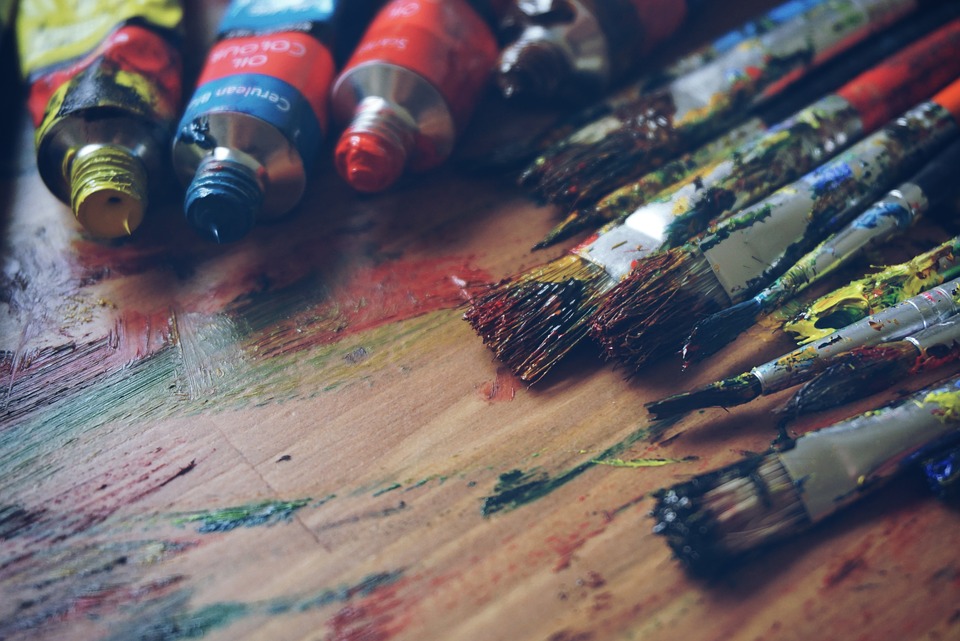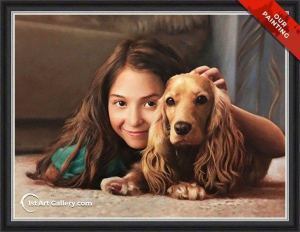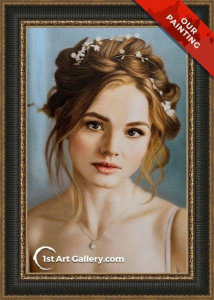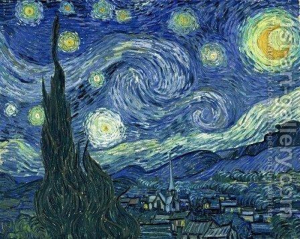Strolling through the expansive oasis of those art avenues feels like heaven to every art dearie where some of the Artwork of the chosen artists provide company. Those rich colors and beautiful shades make you imagine sweeping stories. However, there are times when you are observing various art pieces that all look splendid yet something is different about them.
In recent years, the art industry is experiencing a profound evolution. While digital artworks have continued to rise in stature, the introduction of NFTs in the industry has given a much-needed boost. The introduction of technology, crypto, and digital mediums has made the art interesting a far more exciting and interesting ecosystem. Platforms like https://botto.com have come up that allow you to buy digital artwork in the form of NFTs.
This happens when we come across artworks that are created using different paints like oil and acrylic. While many connoisseurs advocate oil-based paintings, there are aficionados who go all gaga about acrylic paintings. We understand that it’s a Herculean task to make out whether an artwork is created using oil or acrylic paints. So, let us help you out by explaining what oil and acrylic paintings are.
Oil Painting Artwork
Oil paintings represent the ever-so-liked classic medium of art and are considered to be timeless by many seasoned art collectors. These kinds of paintings are meticulously created by using only oil-based paints and are much loved in the art community. Despite their gradual color-fading with years, oil paintings have earned a great reputation for their durability and textural depth.
Acrylic Painting artwork
Think about the modern art form and you cannot ignore the acrylic obsession that excited a coterie of artists. Did you know that acrylic paints are water-based and were formulated way back in the 1880s? You might have missed them because they got the limelight since the 1940s. Newbie artists and even some seasoned ones prefer creating masterpieces using acrylic paints because they dry very quickly and have the ability to produce soft watercolor effects.
Now you know the basics of oil painting and even acrylic painting, let us guide you through 5 key differences to categorize if a painting is an oil or acrylic.
1. The Code of Colors
Did you know that the clarity and the edges of any painting can make or break it? As it is majorly observed in an acrylic painting, its clarity is simply spot on and the edges are crisp. Moreover, the acrylic paints quickly dry and are more vibrant as well.
On the other hand, as a reminiscent of the good old times, oil paintings have blurred edges to evoke a dreamy mood. Also, oil paints take their own sweet time to dry and then smoothly blend with the other colors on the canvas.
2. The Catch of Canvas
Do you wish to straight away know if an artwork is an oil or acrylic painting? Then place your bet on the canvas as it spills all the beans. If you find that the paint is directly applied to the fabric of the canvas then it is an acrylic painting because there is no need to prime the canvas in this case.
Conversely, for an oil painting, there is a layer of gesso or say white paint that is applied on the canvas before the application of other colors. Hence, an oil painting overall has a thicker looking-feeling canvas than the water-based acrylic paints.
3. The Answerable Age:
Ever spotted some yellow or spider-like webs on a painting that you like? More often than not believe that those art pieces were oil paintings. The beauty of age grows on oil paintings and they do tend to develop minute cracks on their surface.
However, in the case of acrylic paintings, the cracks are not very prominent. This is mainly because these artworks grant seamlessness to the canvas.
4. The Play of Flimsy Film of Paint:
Casually or carefully, the film of a painting reveals many secrets about the beautiful creations. If a painting has a glossy finish and texture then it may be made with oil paints.
Artworks with dry look and feel are often swept with the matte finish popularly associated with acrylic paintings. See you got it right even on the go!
5. The Test of Texture:
The texture of paints is almost like poetry etched on a blank canvas. In case, you find that the paints are beautifully layered and have an incredible texture, then it is surely an oil painting.
The converse is true for acrylic paintings as their finish is dry and mostly very smooth. So, unless some additive is used to give a thicker texture to acrylic paints, it will look stretched and give a rubber-like feel.
What to choose?
Oil paintings and acrylic paintings are great in their way. Depending upon your sensibilities, you can conclude which one interests you. Some of the greatest artists in the world, like Leonardo da Vinci, Piccaso, Matisse preferred making oil paintings. At the same time, Andy Warhol’s phenomenal pop art shows how acrylic paintings are here to stay as well.
Whether you buy oil painting or make a bold choice of preferring acrylic painting, this art guide will assist you in and out to make the most of them!
Read also:
























